This 1976 Catamaran Runs on Sun — a Fossil-Fuel–Free Floating Home
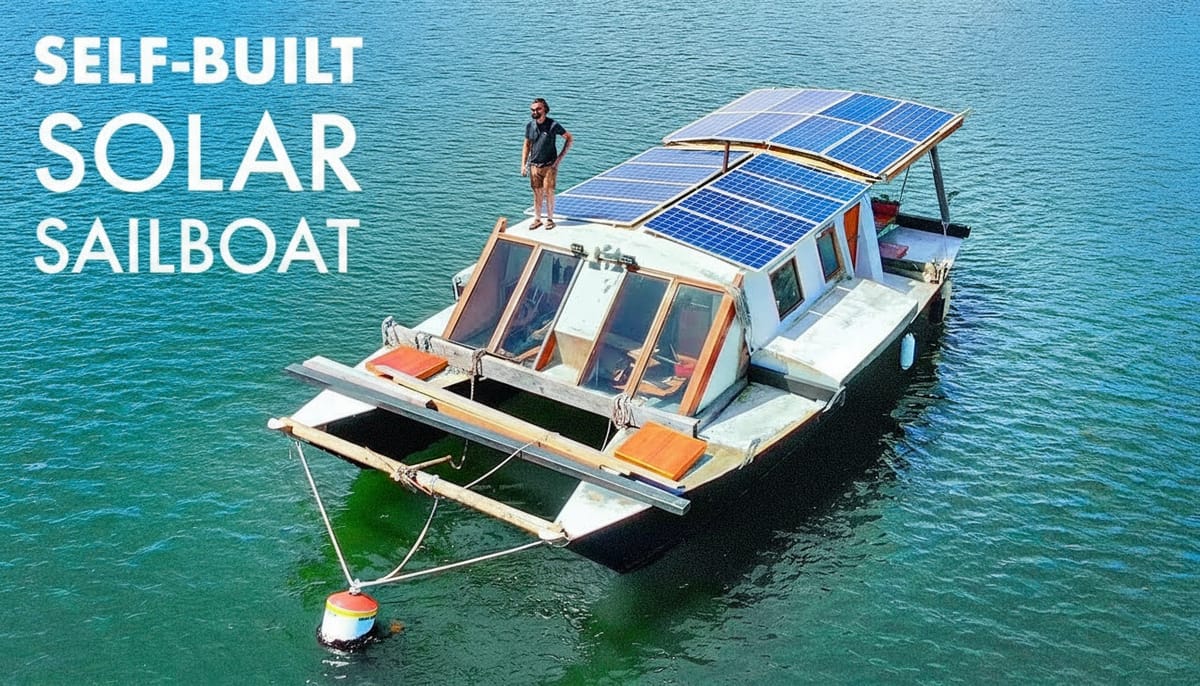
Waking up to seals and otters on the dinghy is part of daily life here.
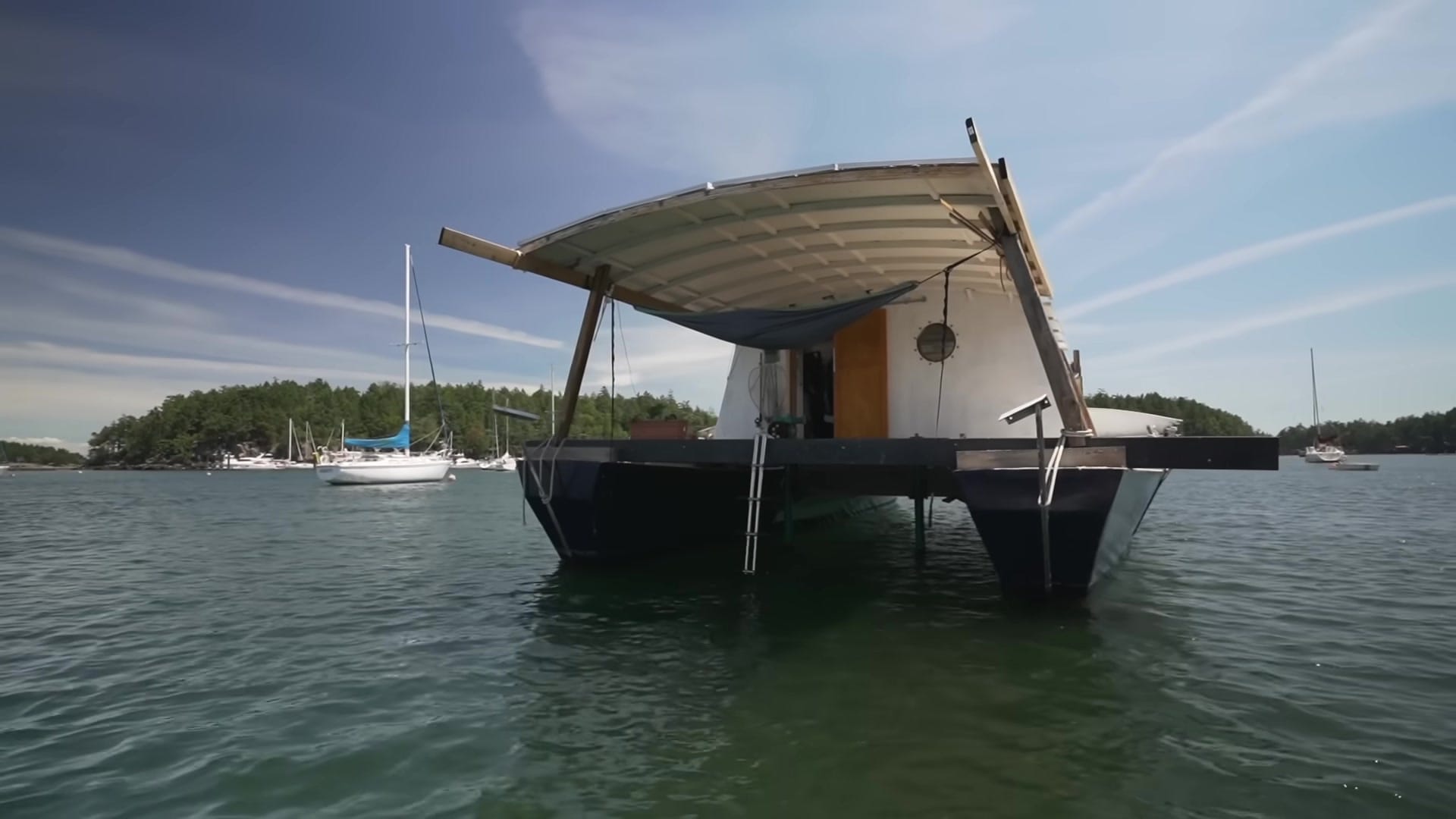
The boat feels like a tiny island with everything a floating home needs.
Why a Fossil-Fuel–Free Sailboat
Going diesel-free started as a stubborn goal and became practical as tech shifted.
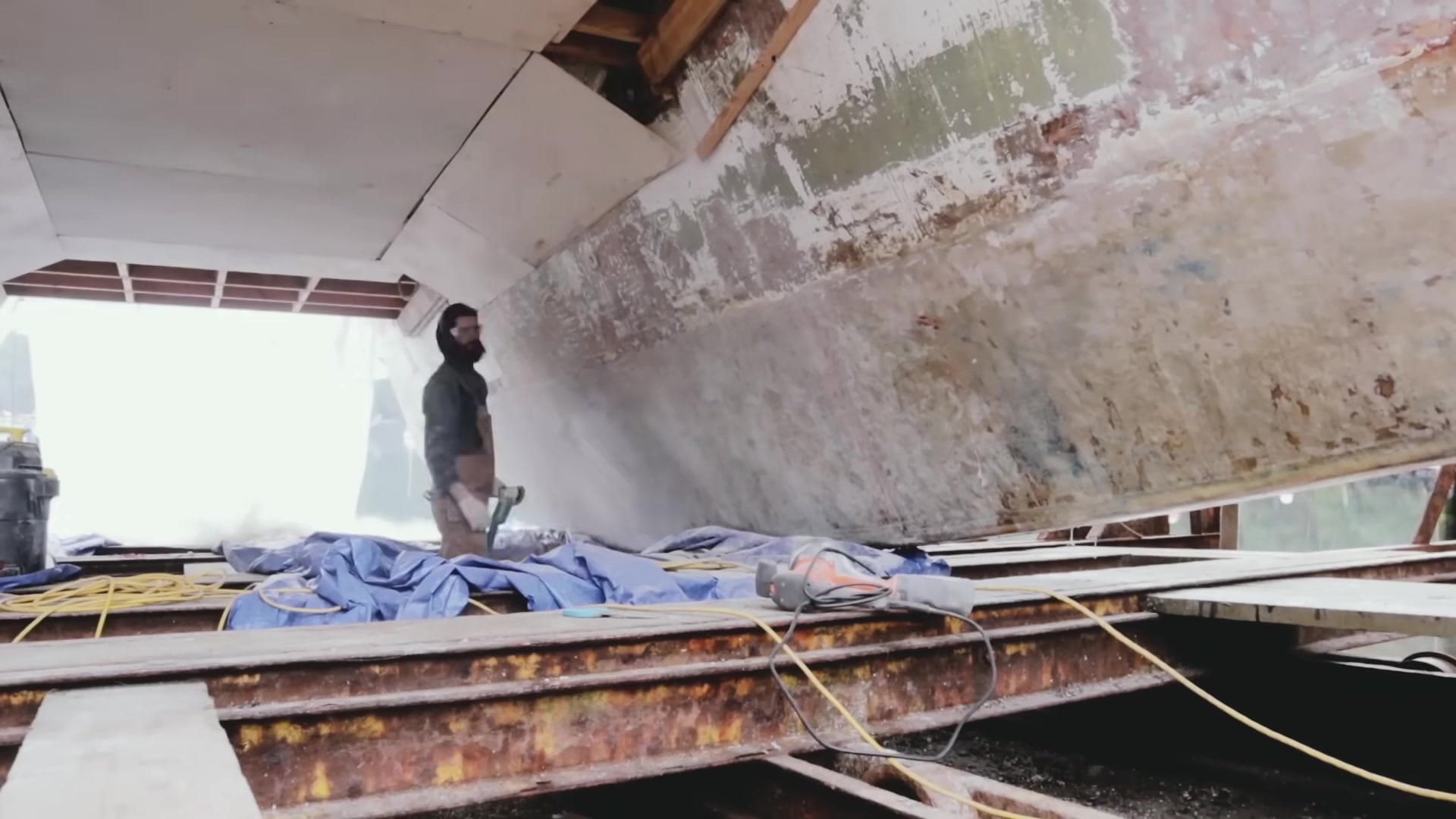
He removed a working diesel engine rather than patching it back in.
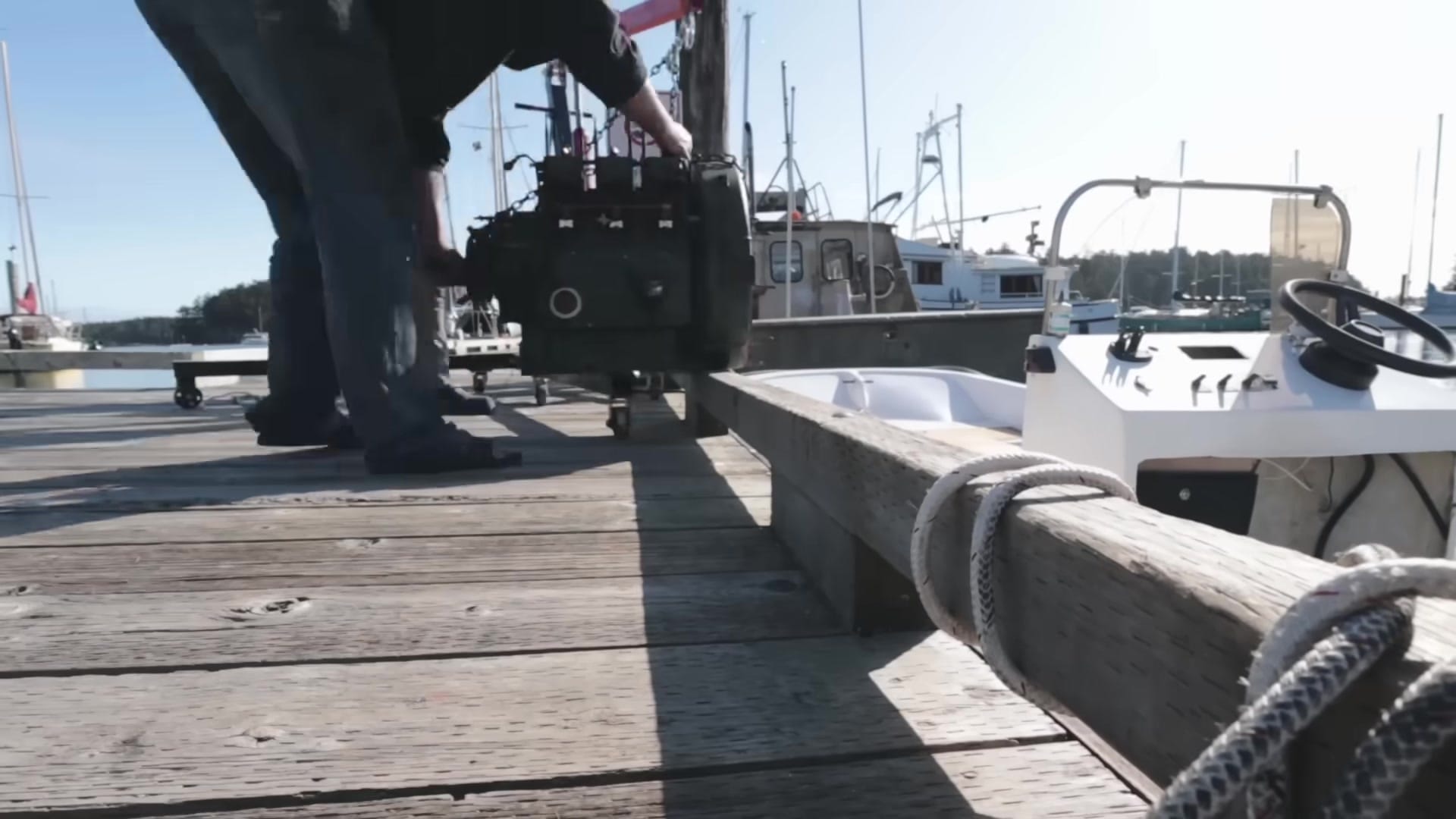
Solar panels got more powerful and batteries cheaper, and that changed the math.
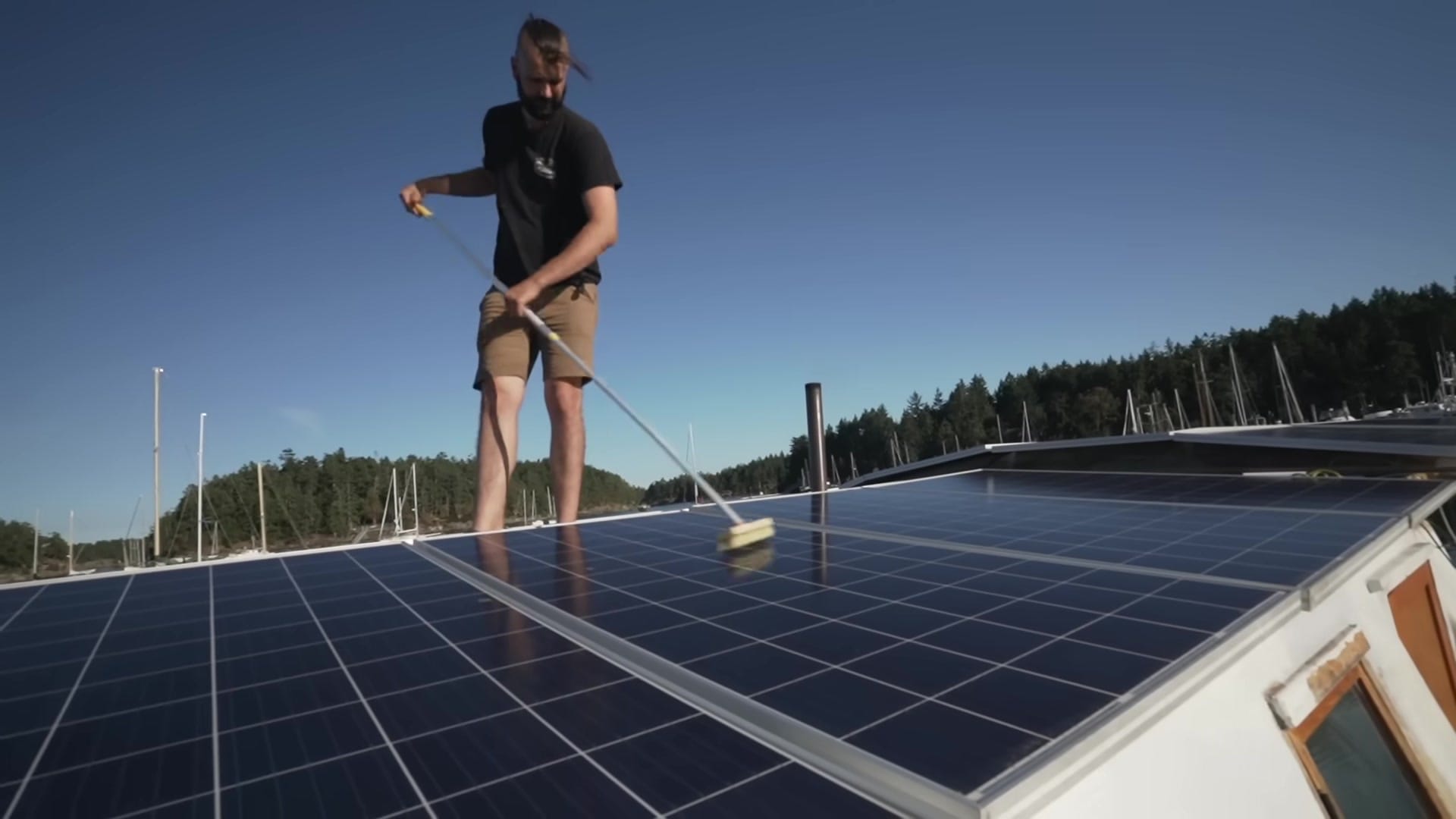
Now the setup isn’t just idealistic — it’s convenient for long motoring without fuel stops.
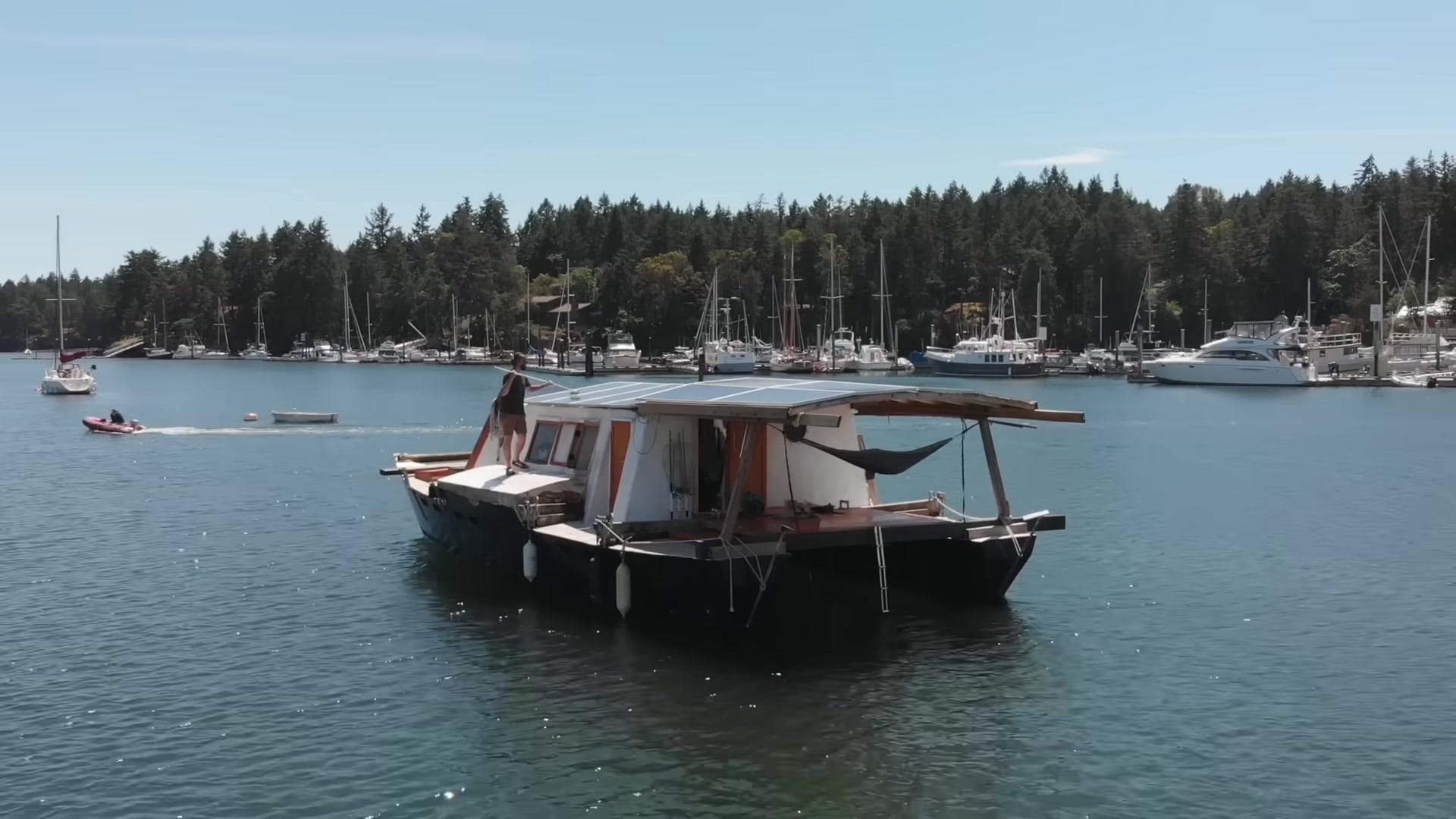
Meet Old Dog — the Boat and Backstory
Old Dog is a 47-foot Wharram Oro catamaran that reads like a salty relic at first glance.
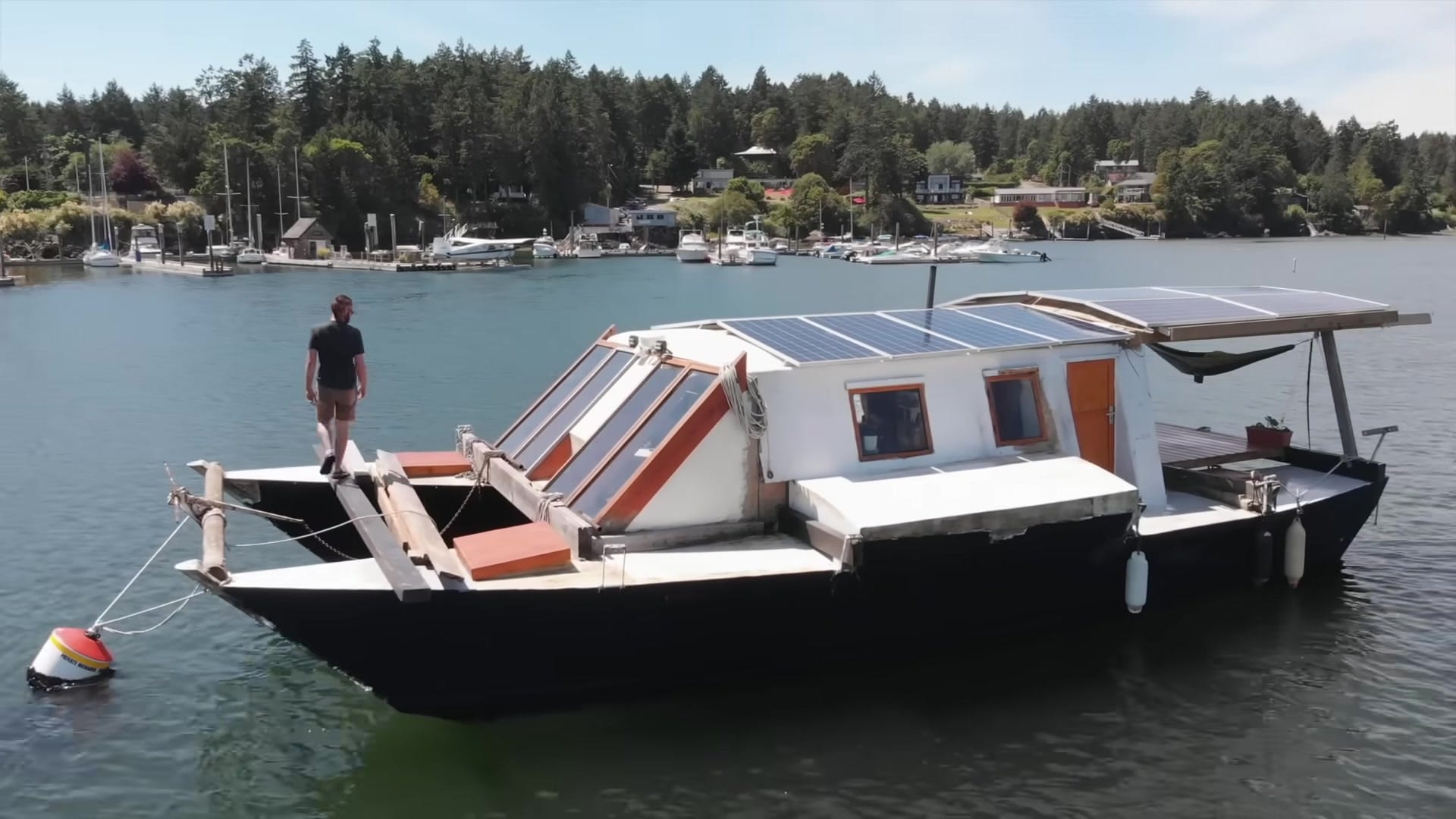
It’s a 1976 design with Polynesian-canoe lines and a long ocean history.
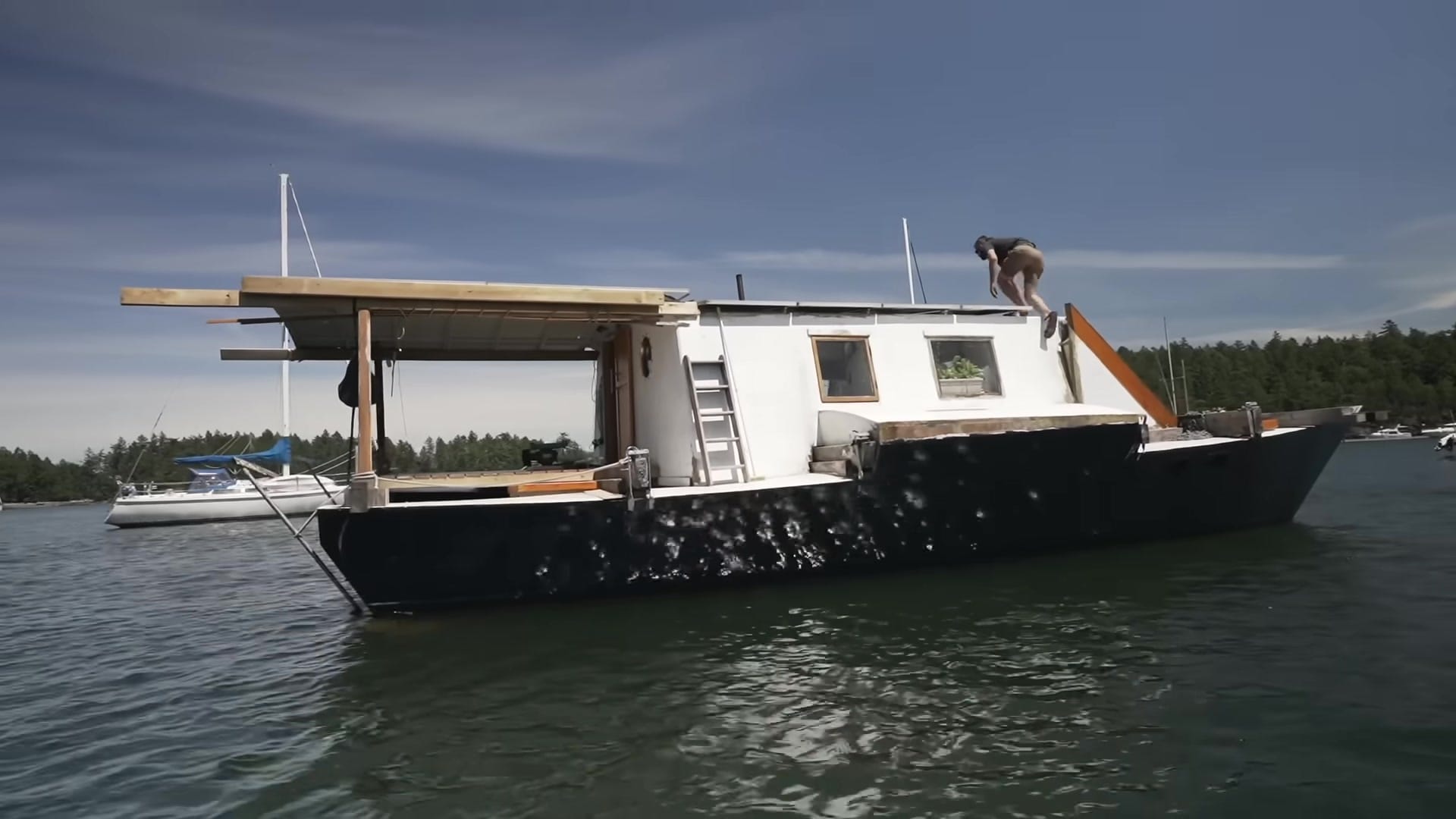
When purchased it had been parked and forgotten for 12 years, a real derelict story.
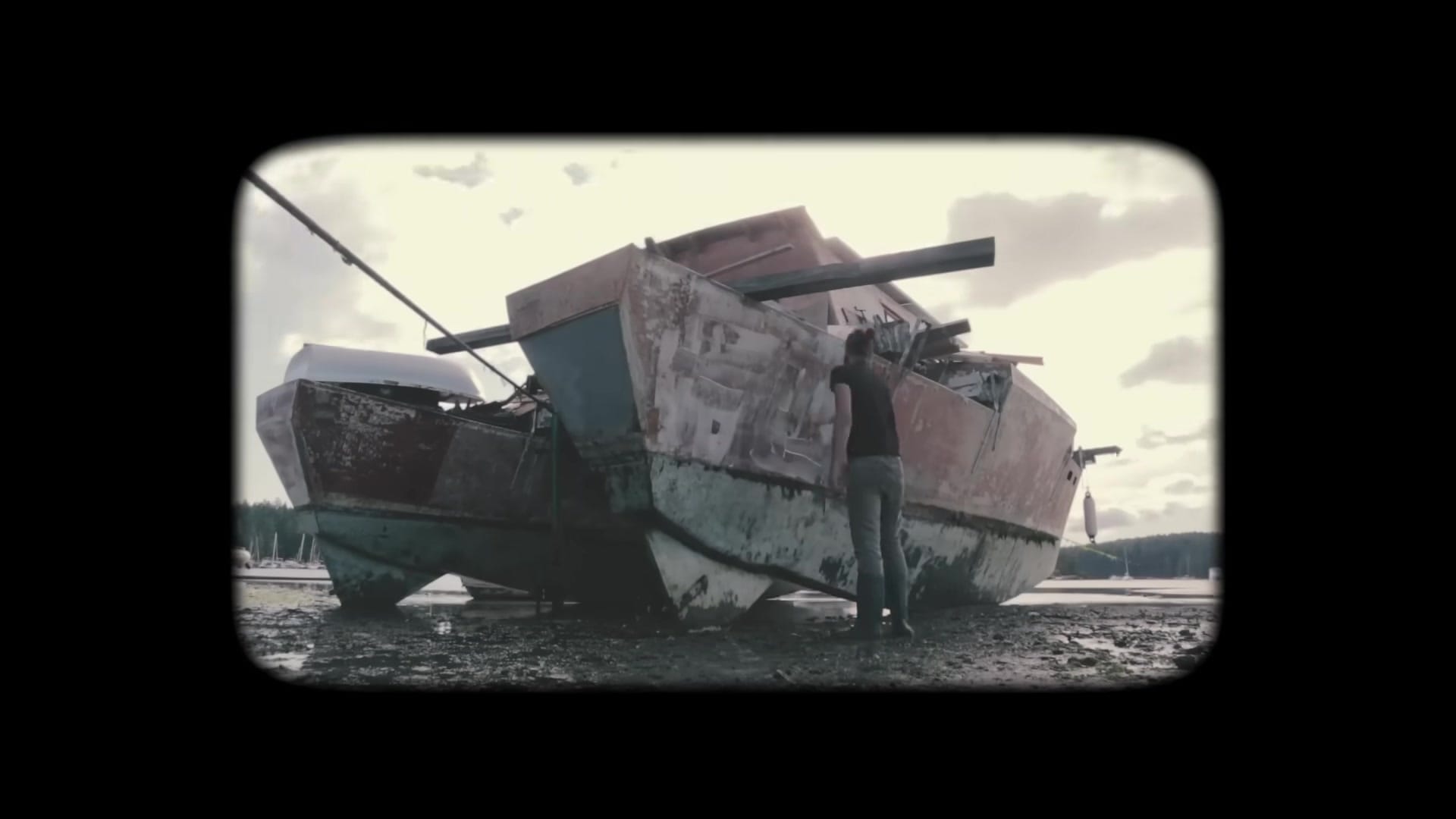
The first interior peek felt equal parts terror and promise: “welcome to my ship” energy.
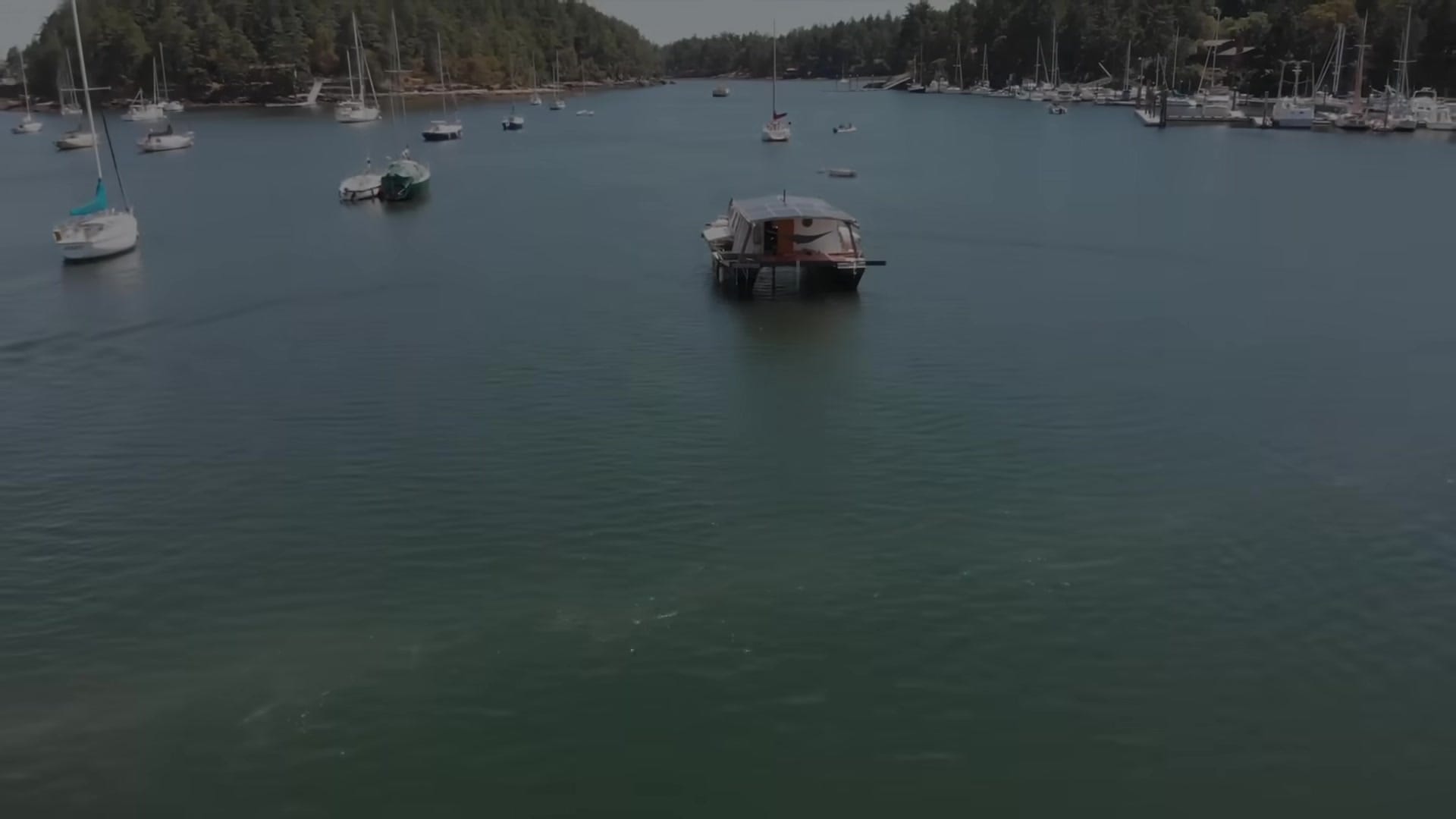
Power System: Solar, Batteries, Motor (and Wind Plans)
The roof carries 16 Canadian-made 330 W panels, a deliberate decision to chase raw watts.
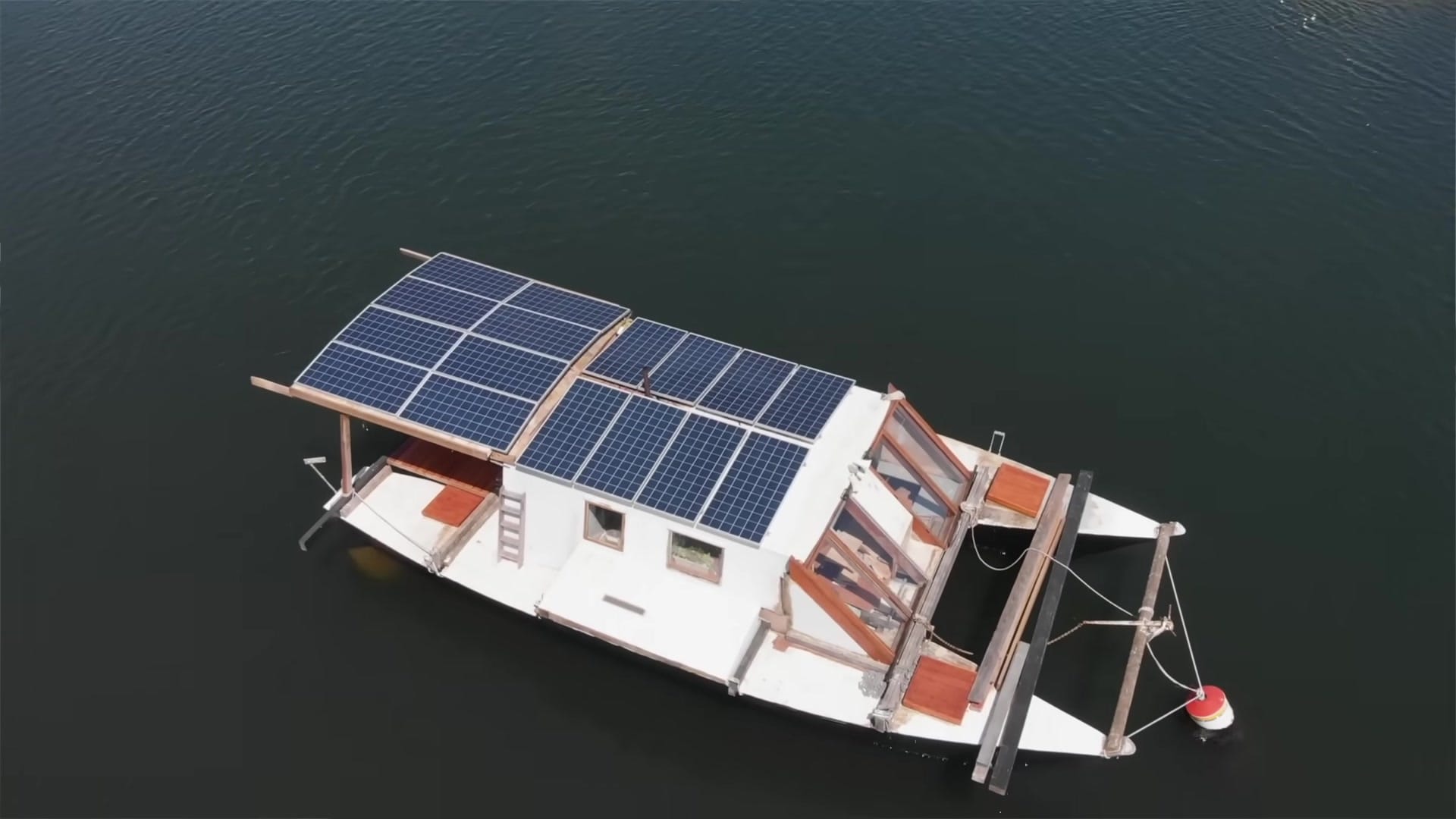
That adds up to about 5,280 watts of solar capacity — huge for a liveaboard.
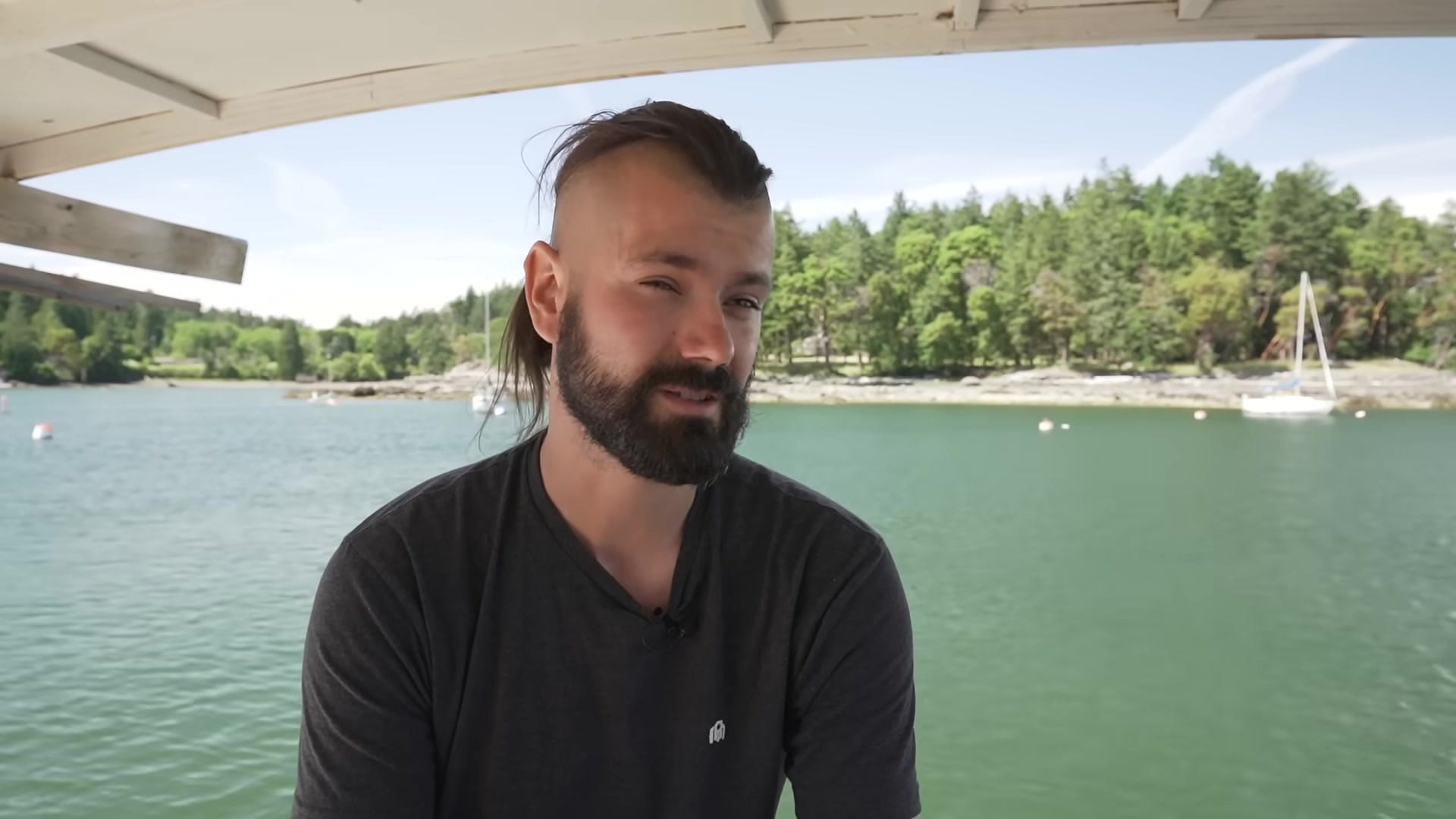
With that array he can run ovens, induction cooktops, a washing machine and a watermaker.
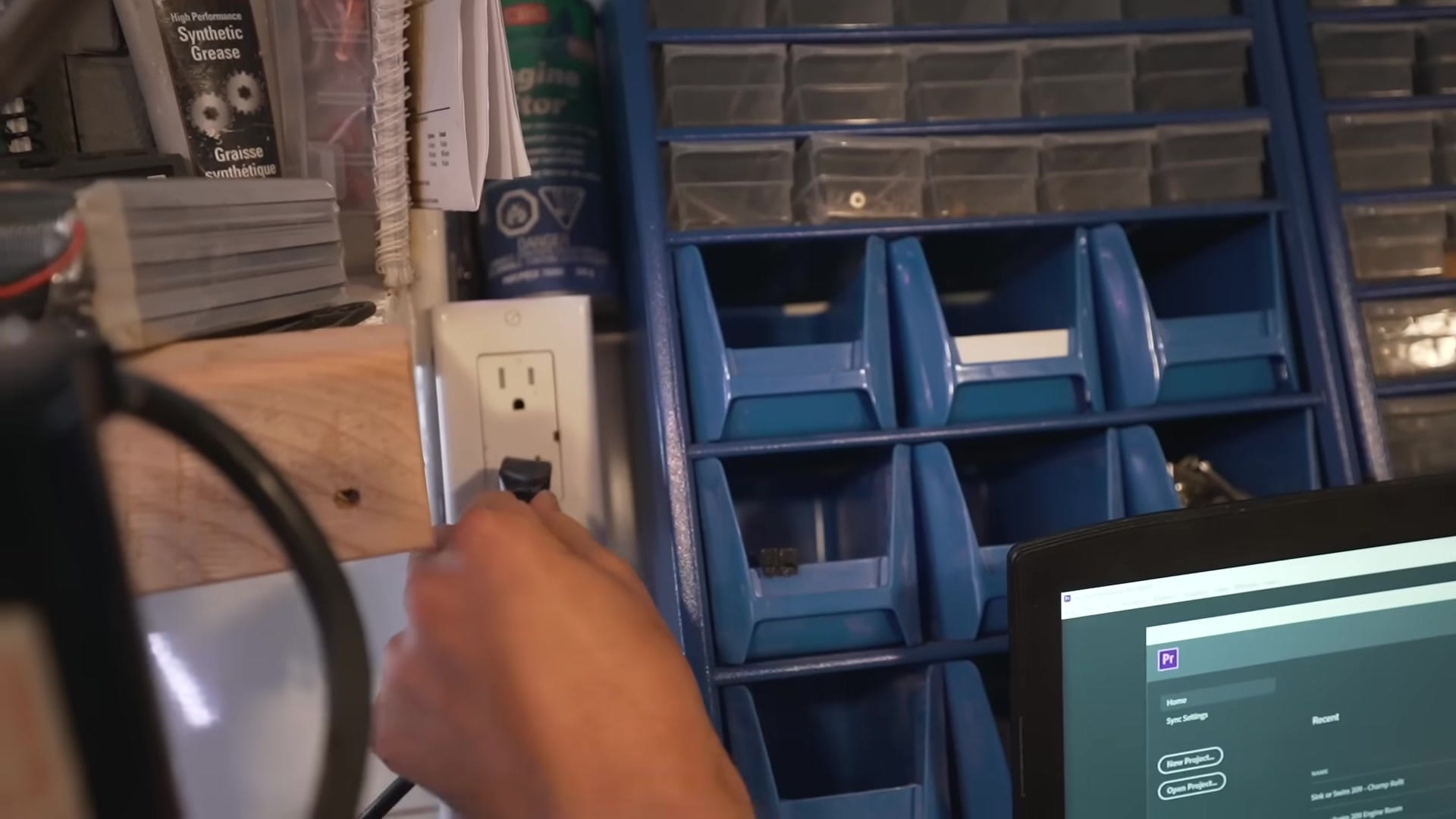
Propulsion is modest under solar alone — only about seven or eight horsepower for steady cruising.
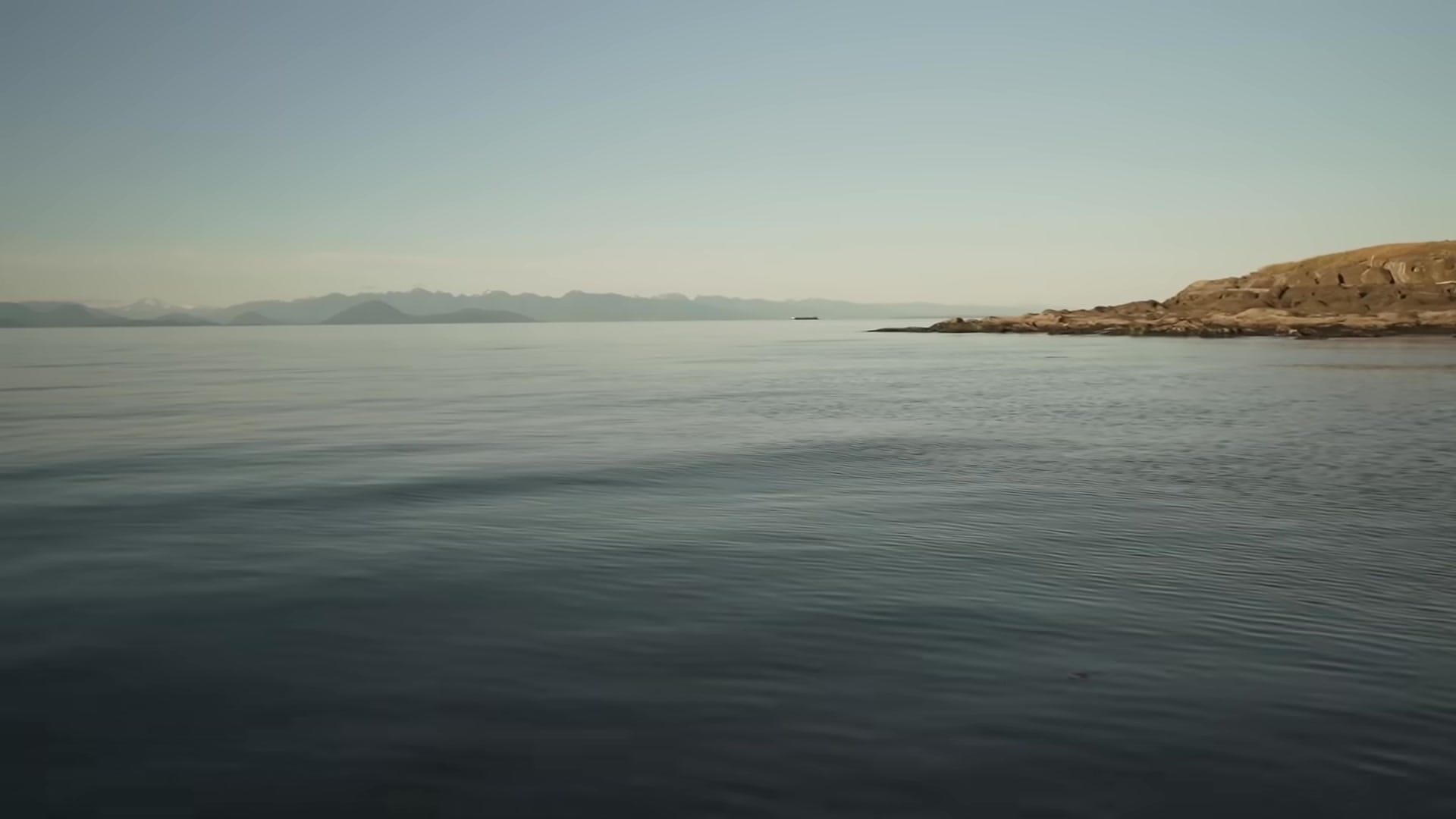
Battery capacity sits just shy of 20 kWh, paired with an HP EV AC 12 kW motor for peak demand.
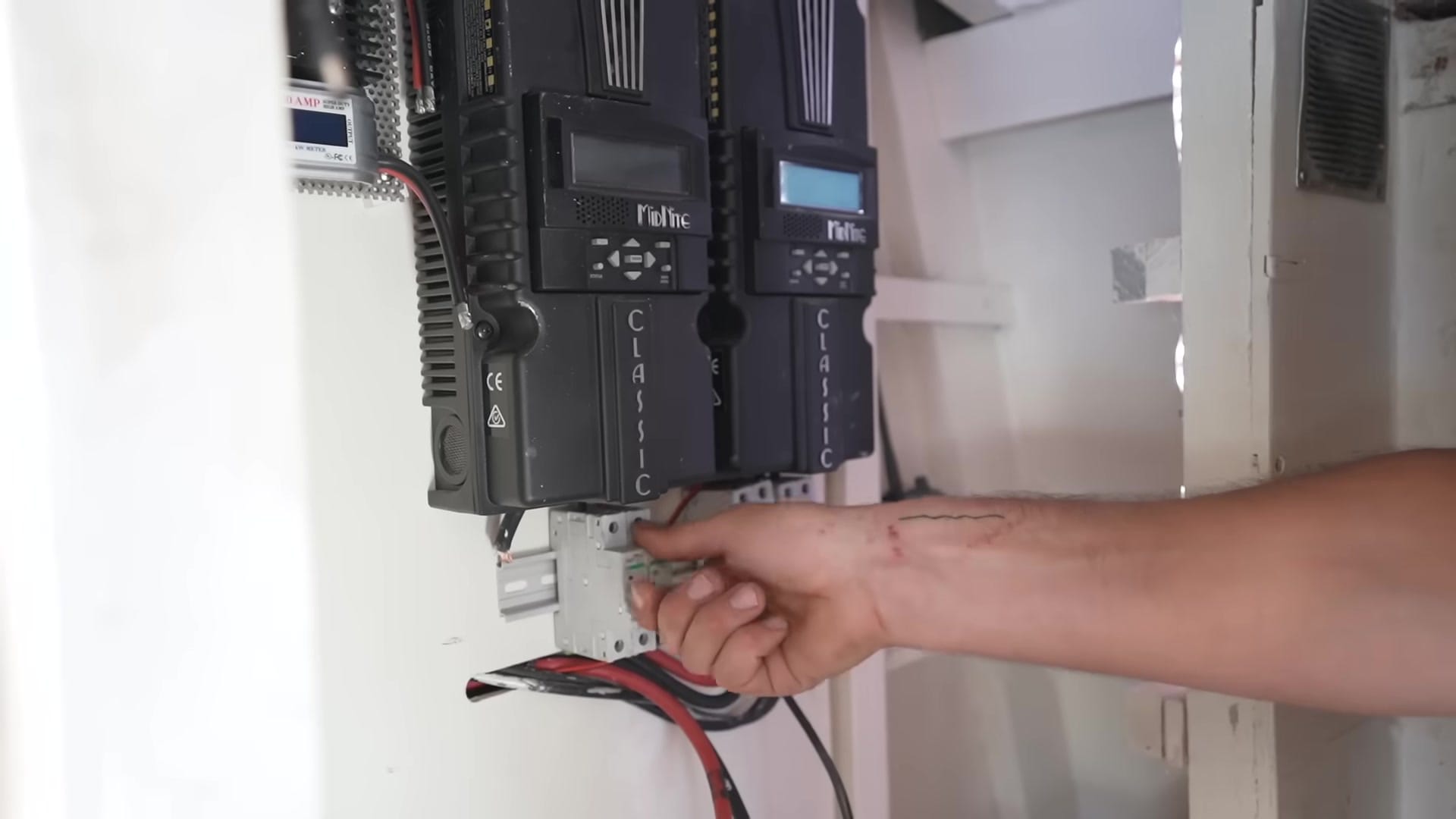
Wind turbines are planned to match the roof solar capacity so cloudy, windy stretches balance out.
Home Aboard — Galley, Berths, and Daily Living
The whole interior was designed around cooking — the galley dominates the center of the boat.
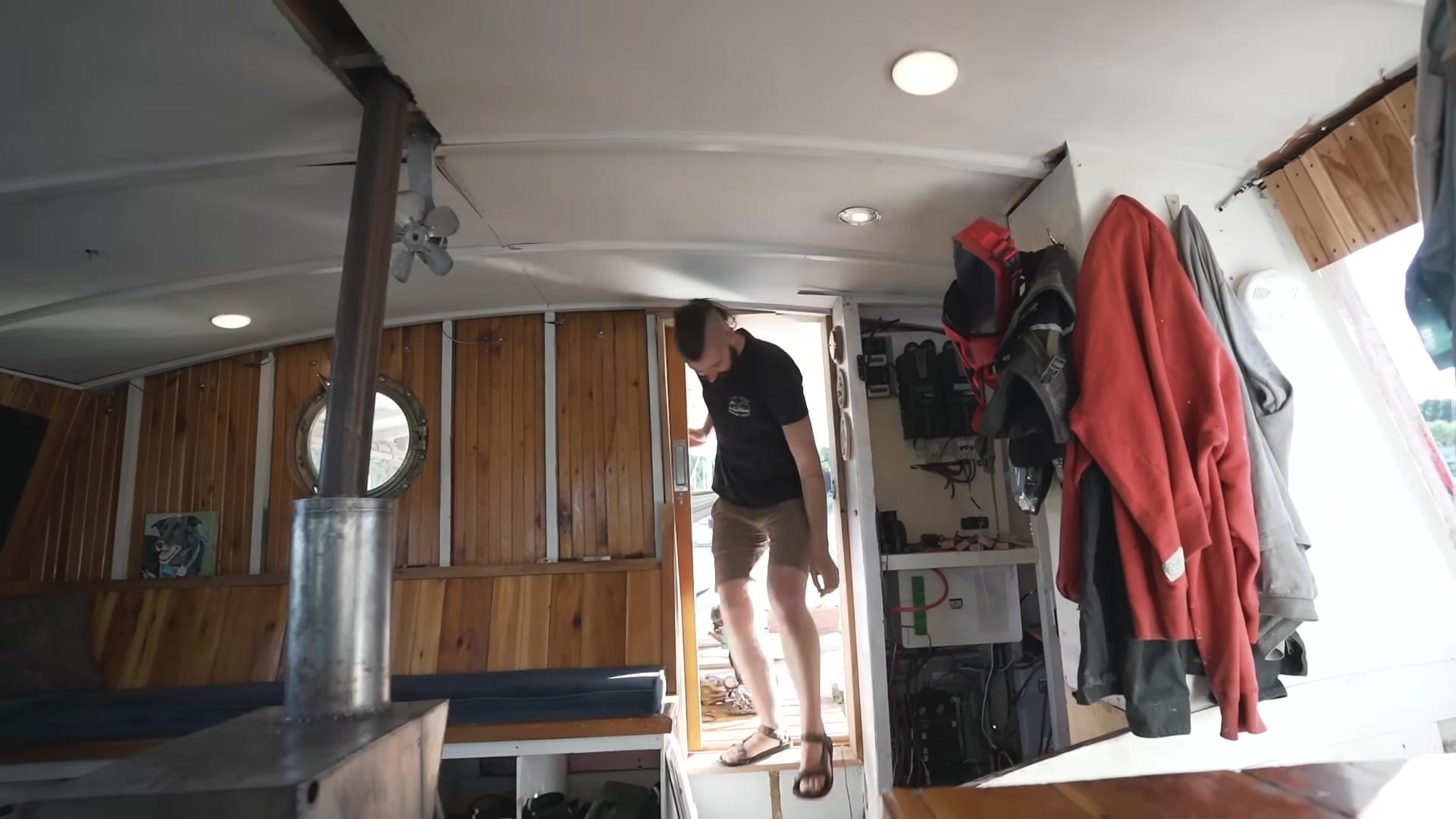
It’s built for a foodie: big prep surfaces and power-hungry appliances are part of the plan.
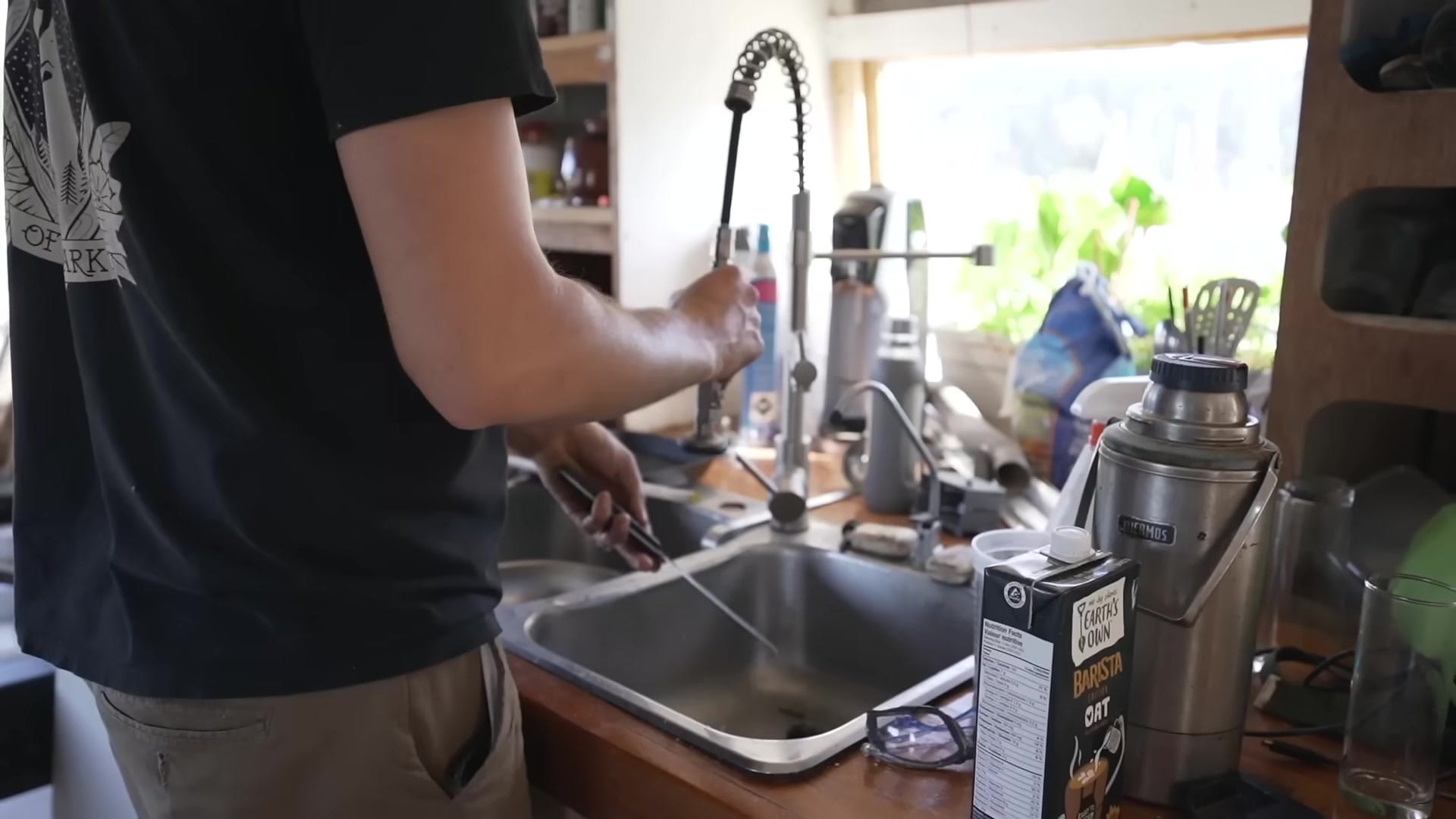
The back cockpit isn’t finished yet and will expand outdoor living space.
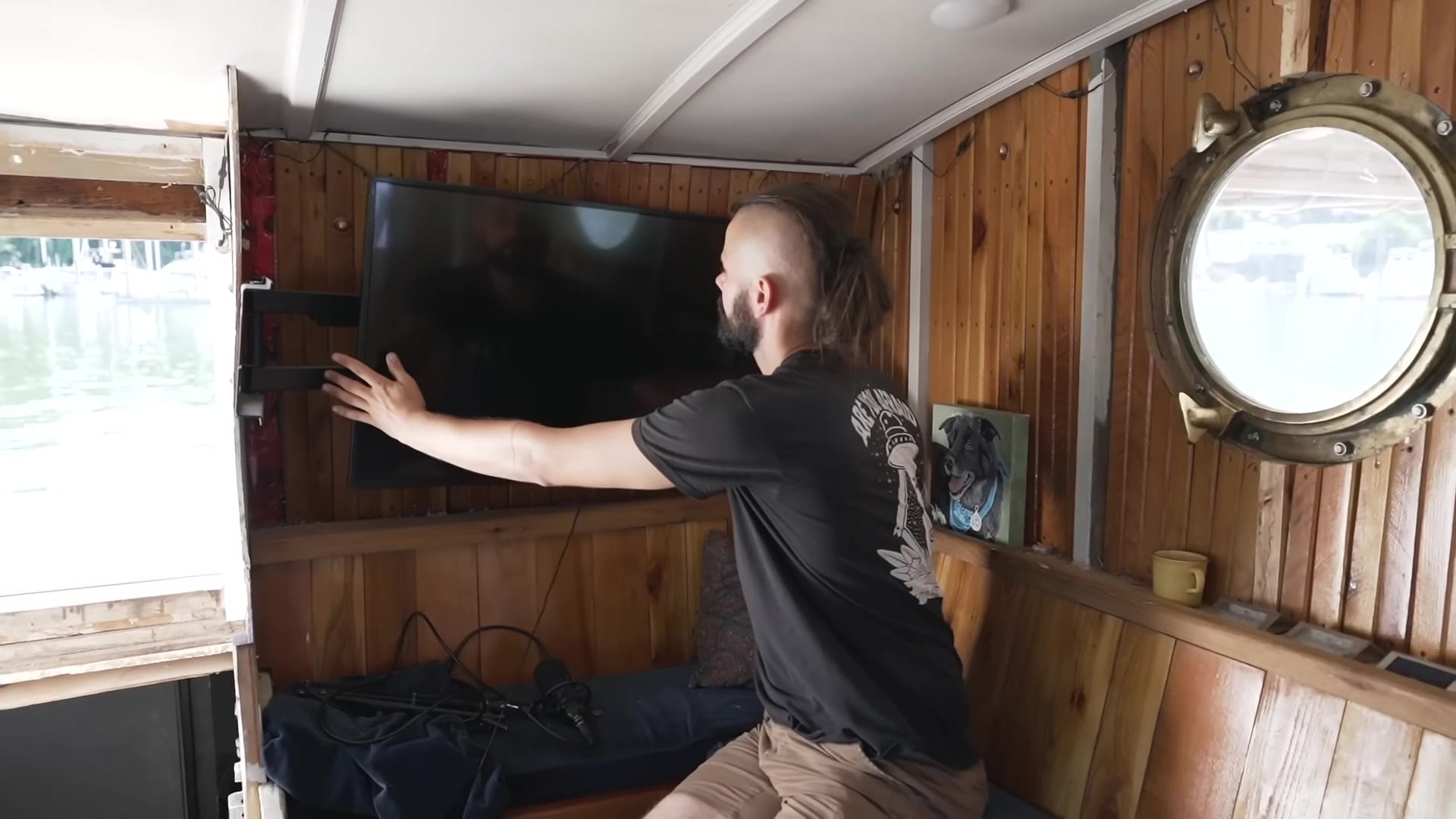
Inside there are four compact, private berths — small nooks meant for sleeping and quiet time.
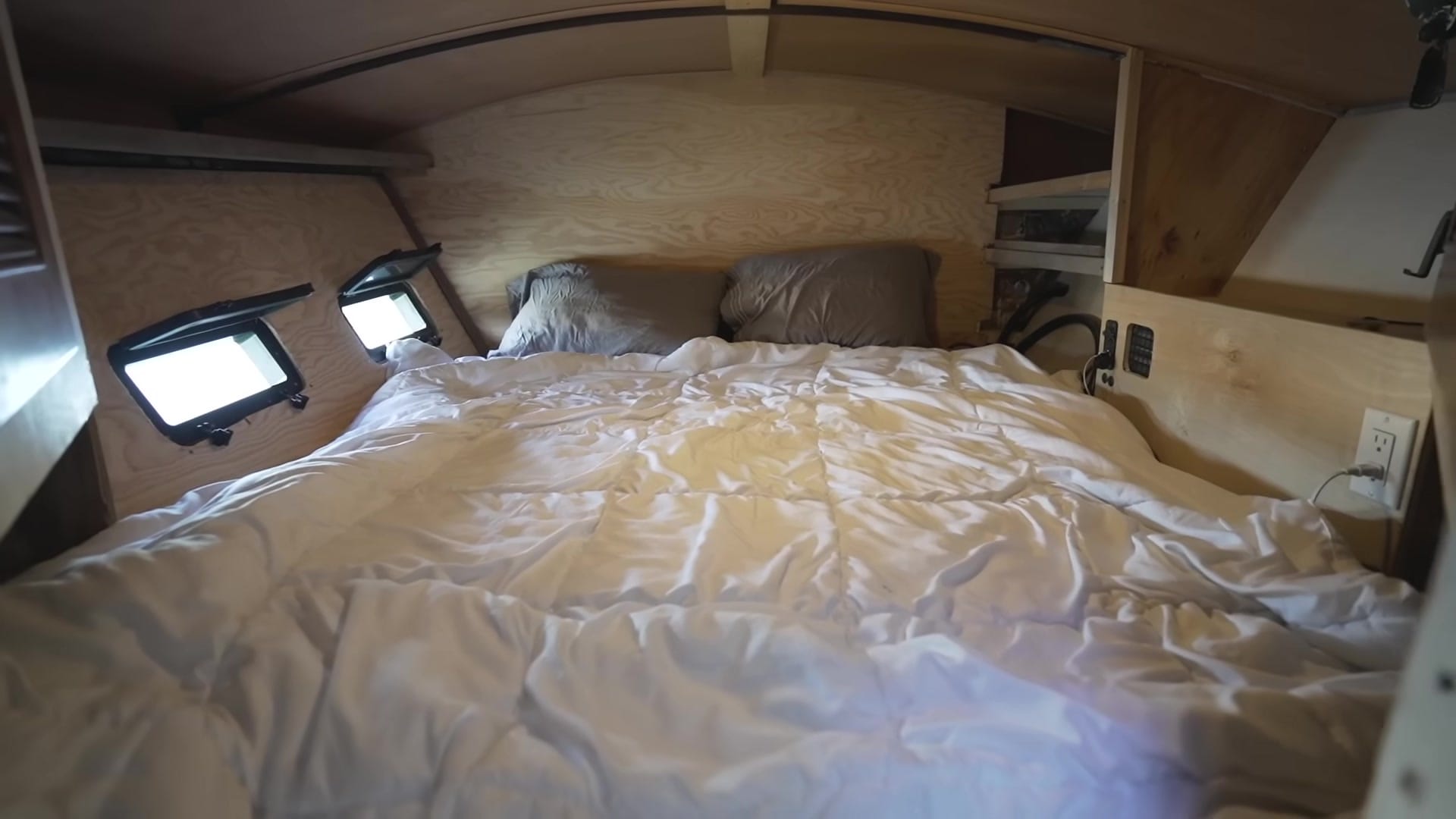
A washing machine and clever storage keep longer off-grid runs comfortable.
Anchoring, Mooring, and Offshore Practicalities
This life is based from Gabriola Island in the southern Gulf — a sheltered, learning-friendly neighborhood for new sailors.

It’s surprisingly lush for Canada, which helps with day-to-day comfort and practice cruising nearby islands.
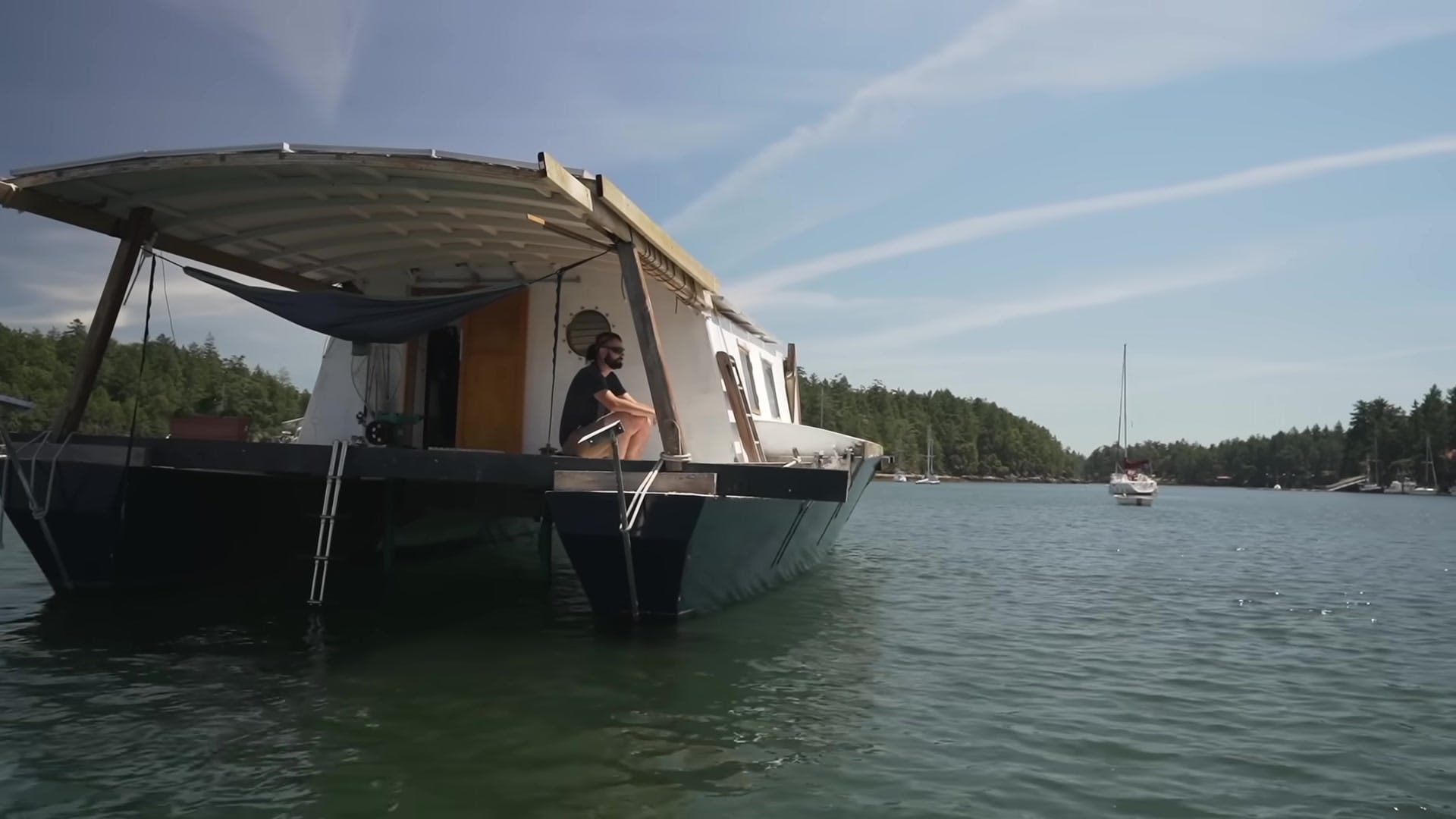
The boat sits on a mooring ball rather than an anchor, which reduces worry about dragging.
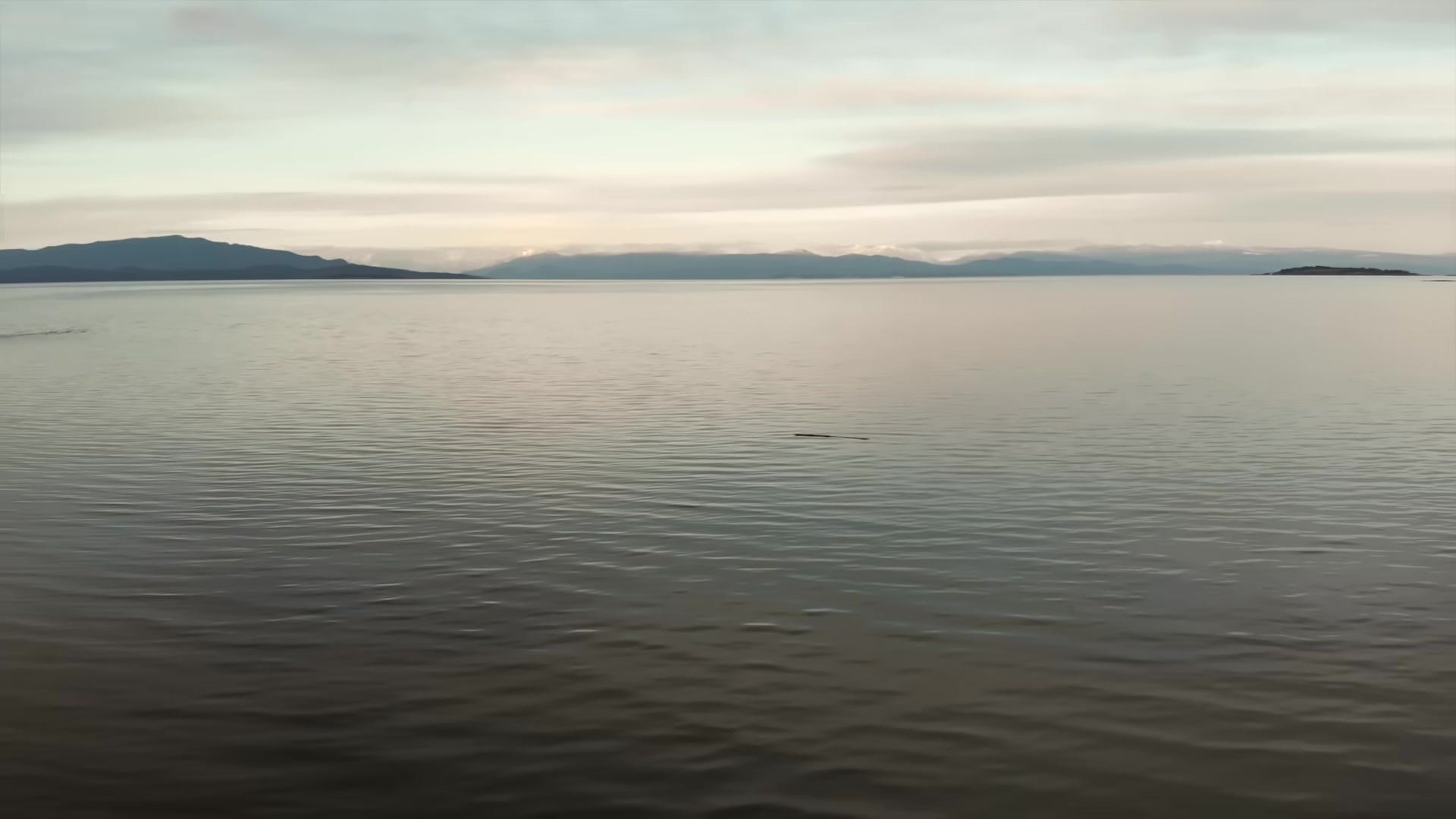
That mooring hooks to a massive concrete block with heavy chain, built to sit through storms.
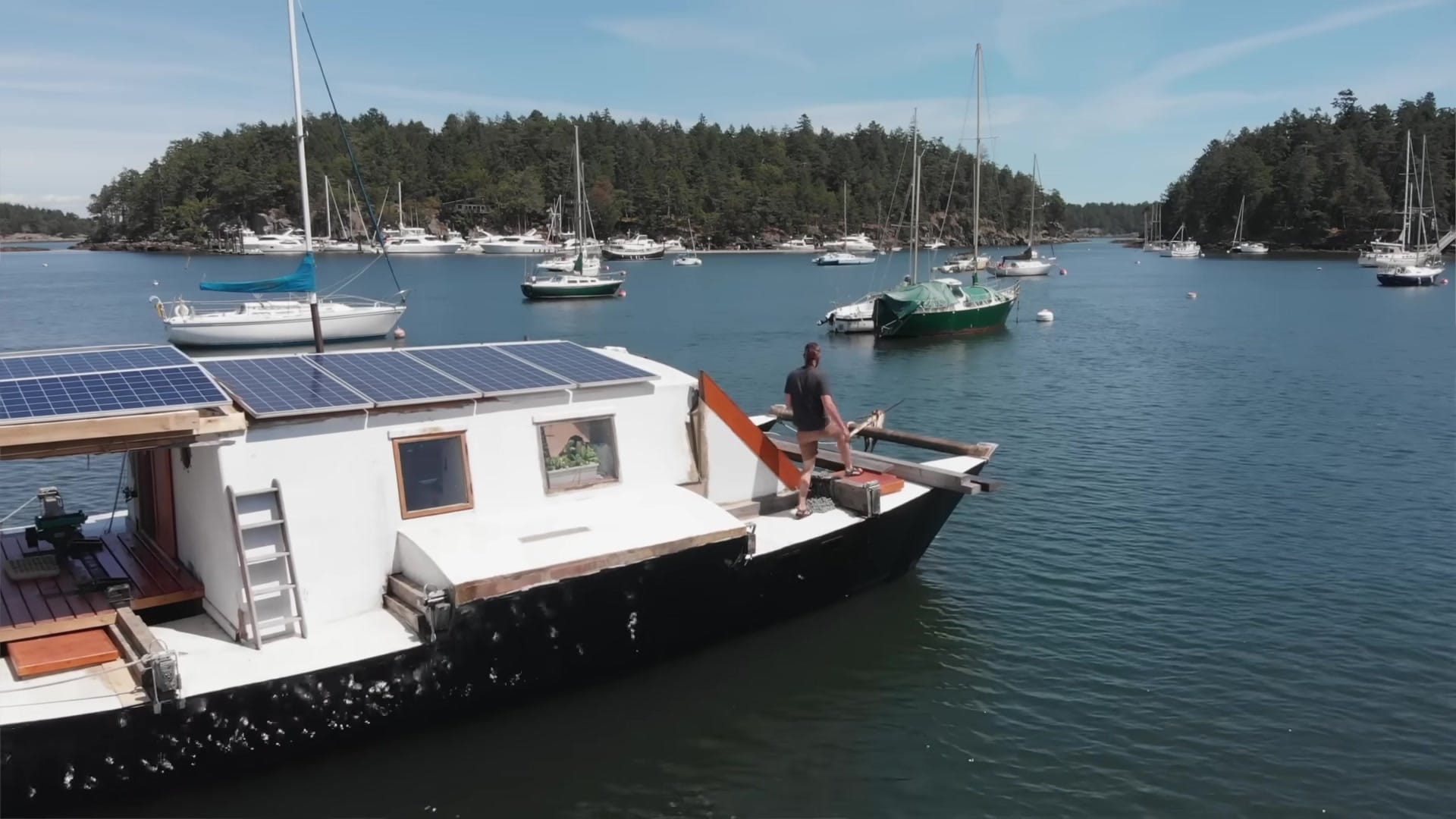
Downwind positioning and other boats in the bay still demand constant attention and seamanship.
Cost, Timeline, and What He Learned
To heat the boat he built a stainless wood stove but plans to move toward an electric heat-pump system.
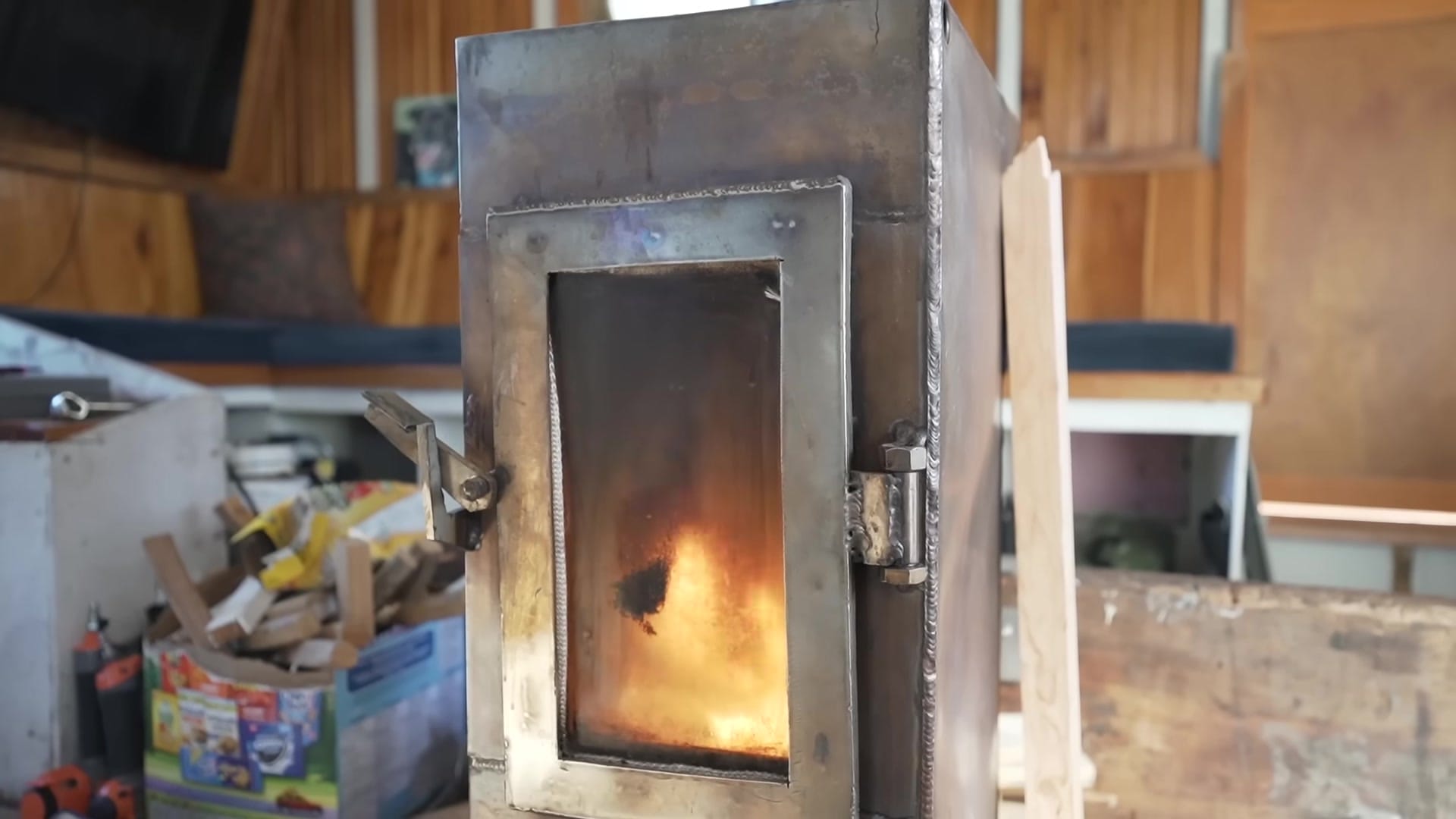
A watermaker lets freshwater be made on demand, removing a major logistical headache.
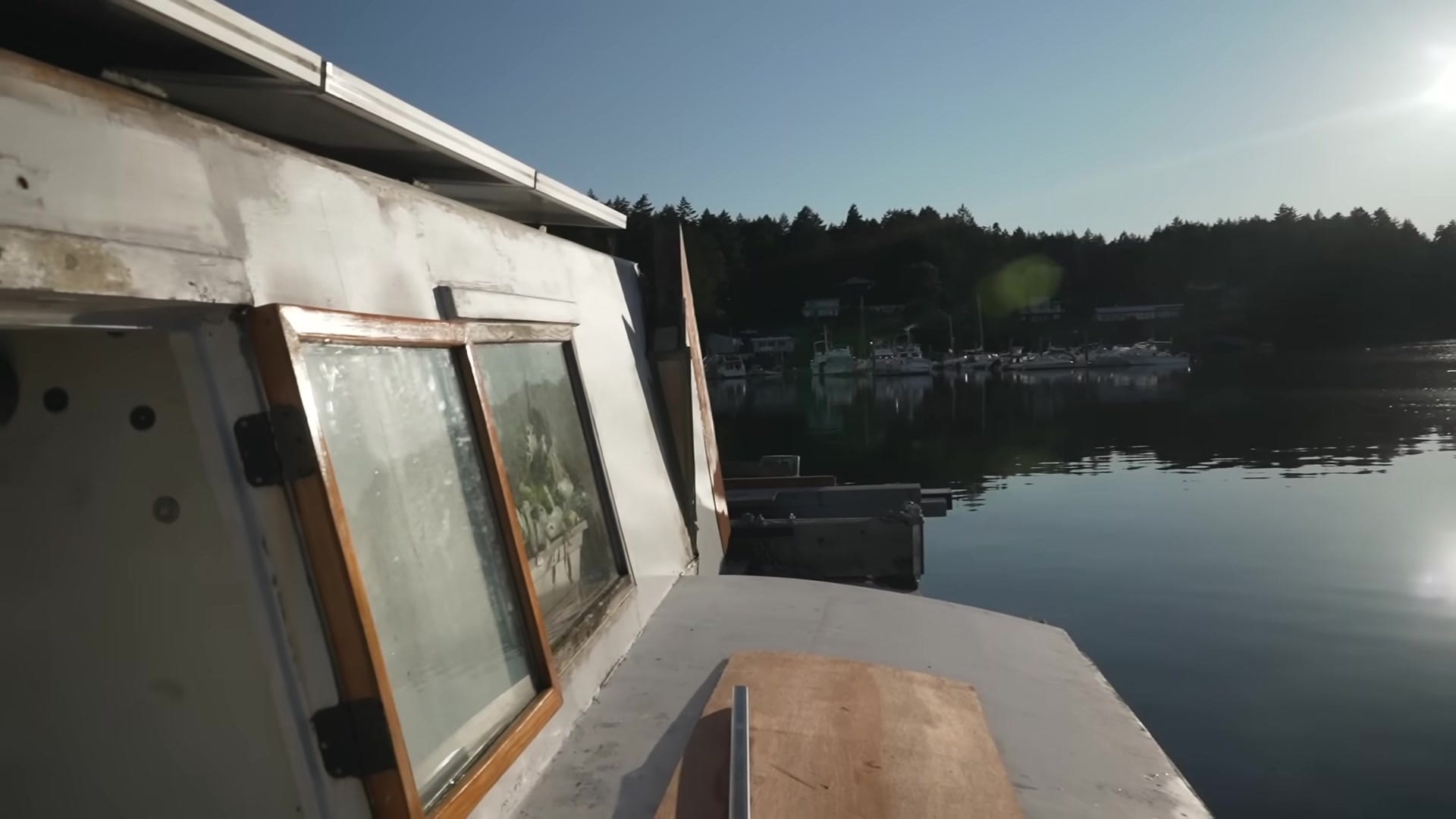
He arrived thinking sailing would happen fast, then learned that the real payoff was skill-building.
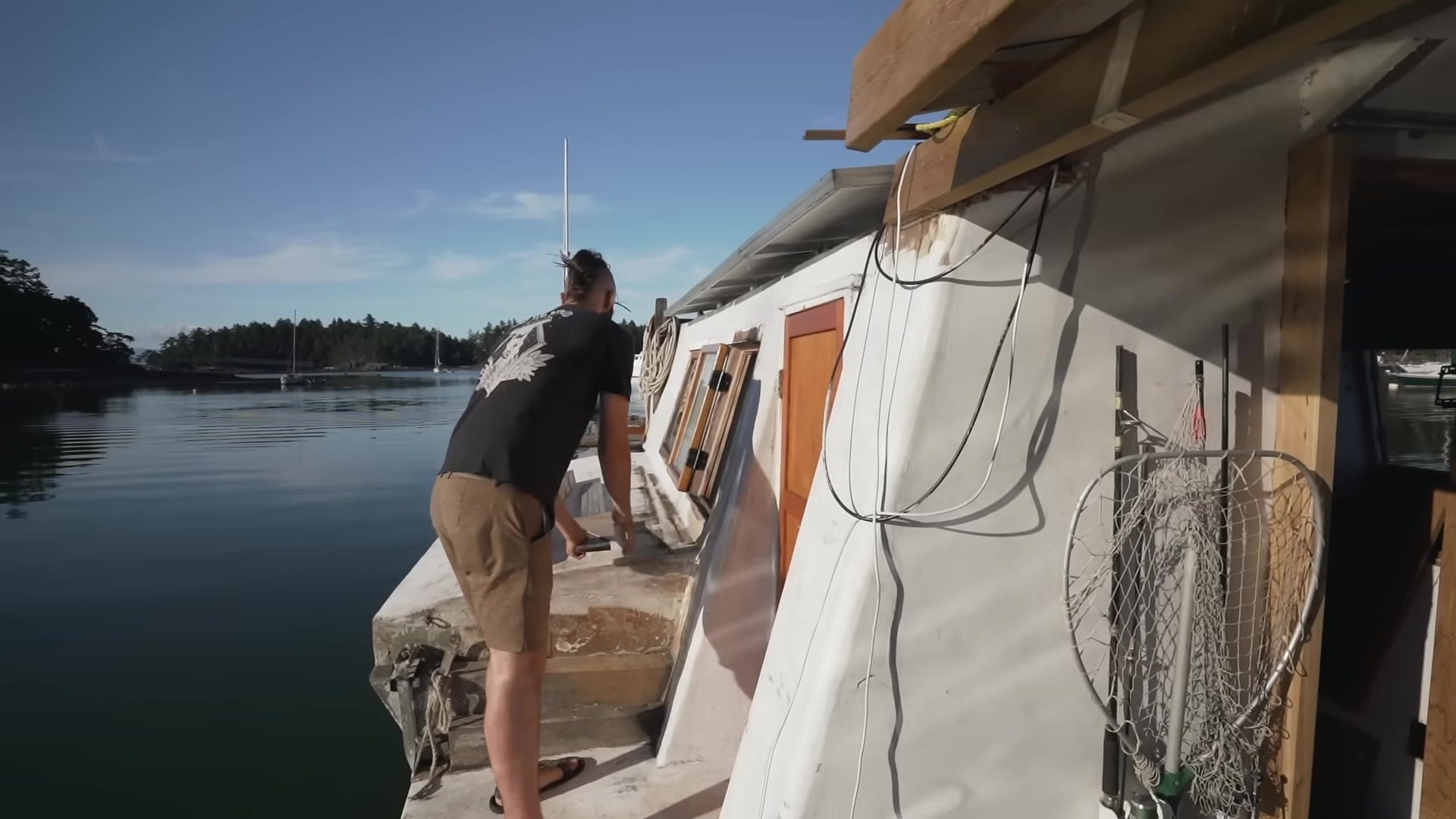
Now he TIG-welds, machines, sews sailcloth, and does fiberglass and engine work — all day-to-day survival skills afloat.
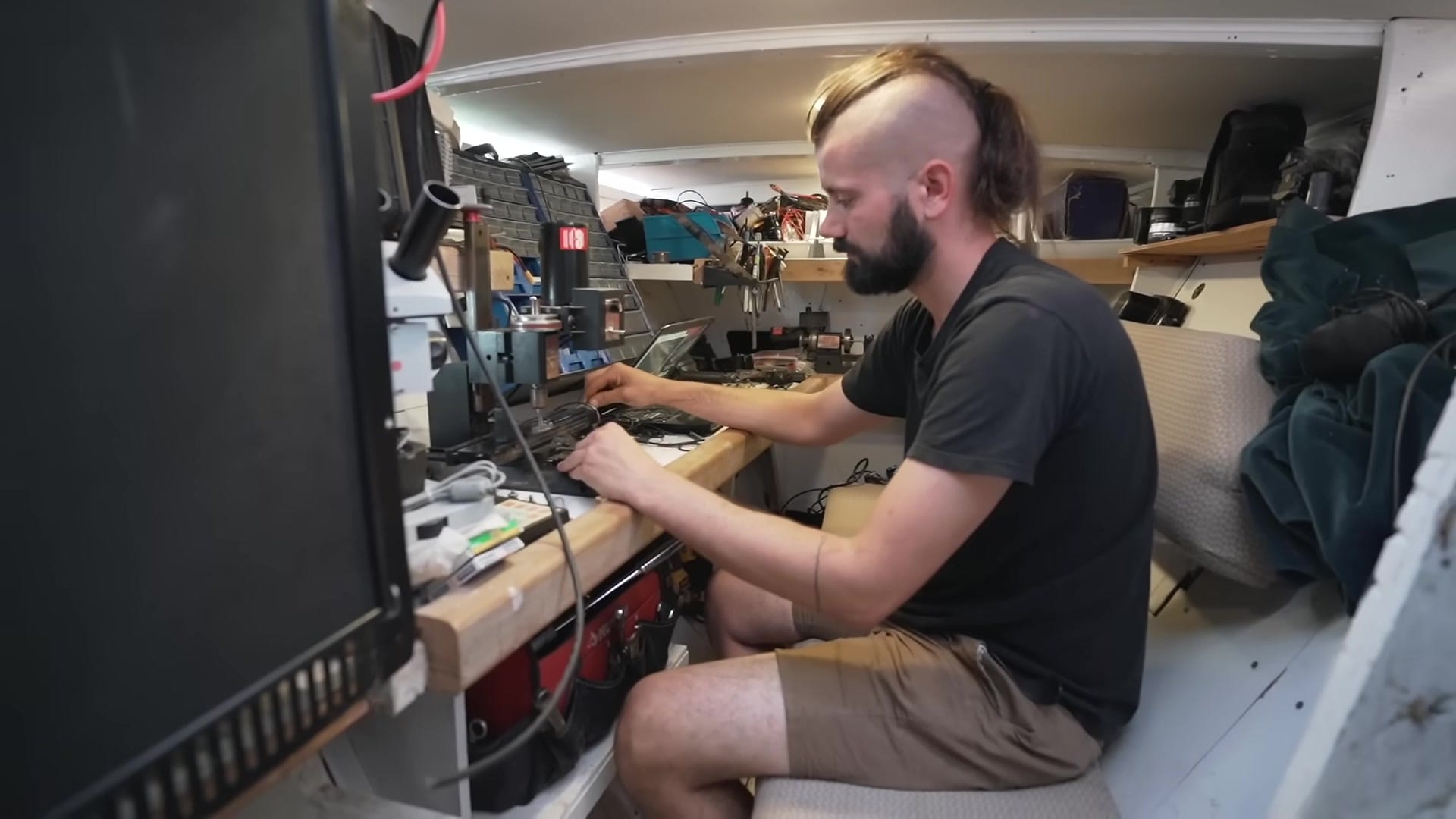
By the time the rebuild is done the budget sits around CAD 45,000 and about five years of steady work.
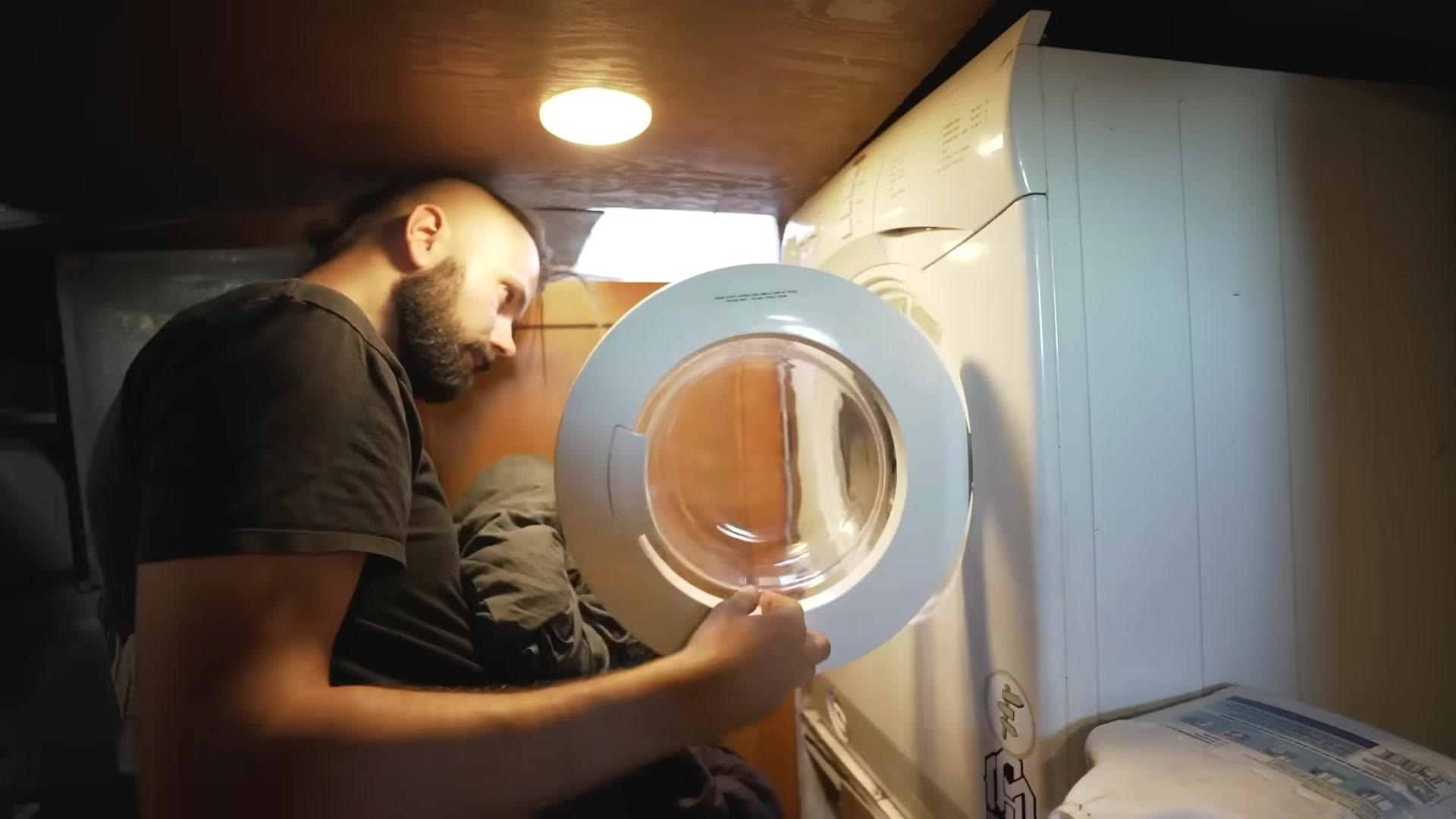
Work at the shipyard, diving and community jobs helped pay for the project while keeping the boat in a living state.
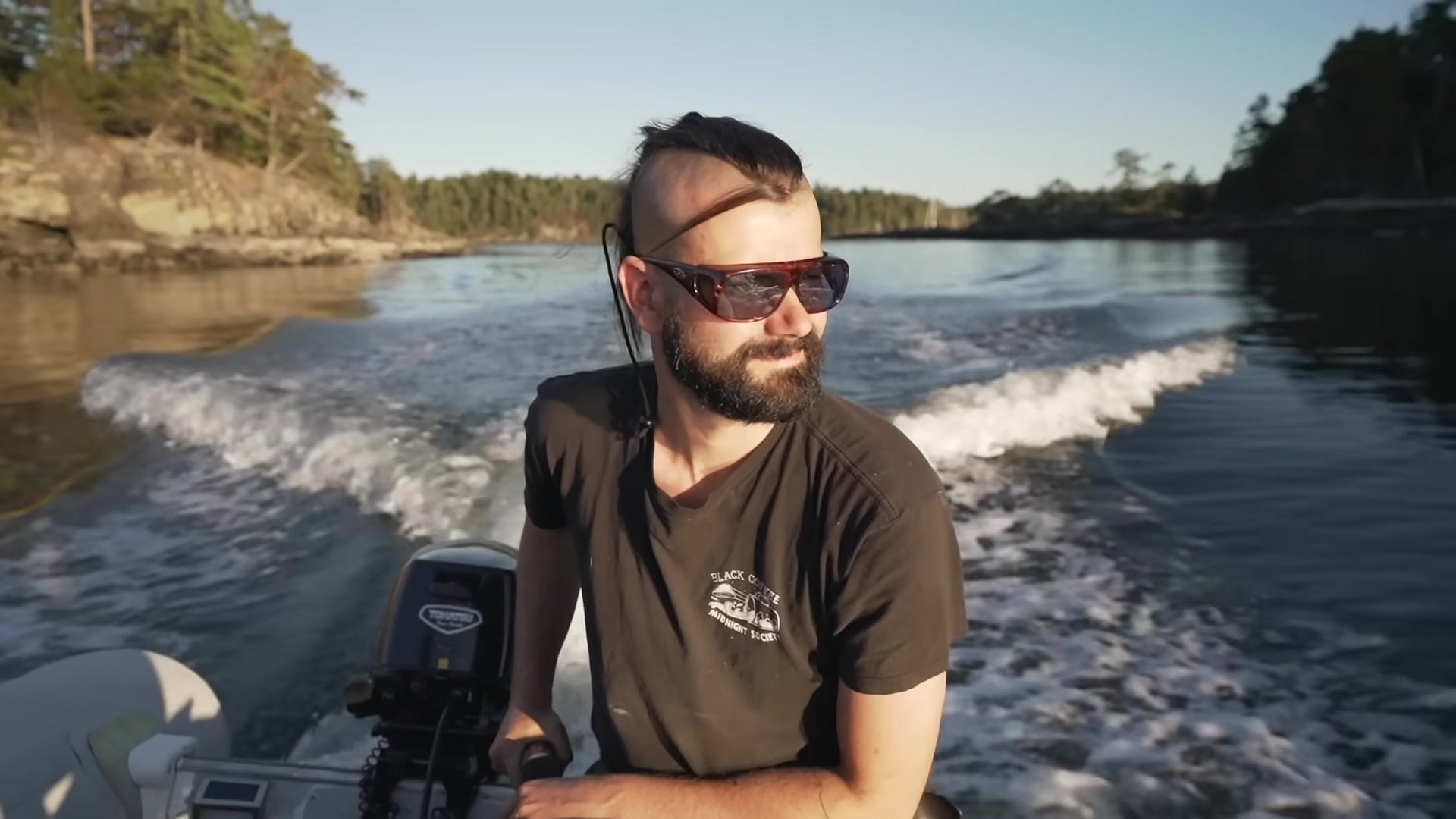
Living this way forces patience — waiting for tides, currents and weather teaches a lot of calm and practical problem-solving.